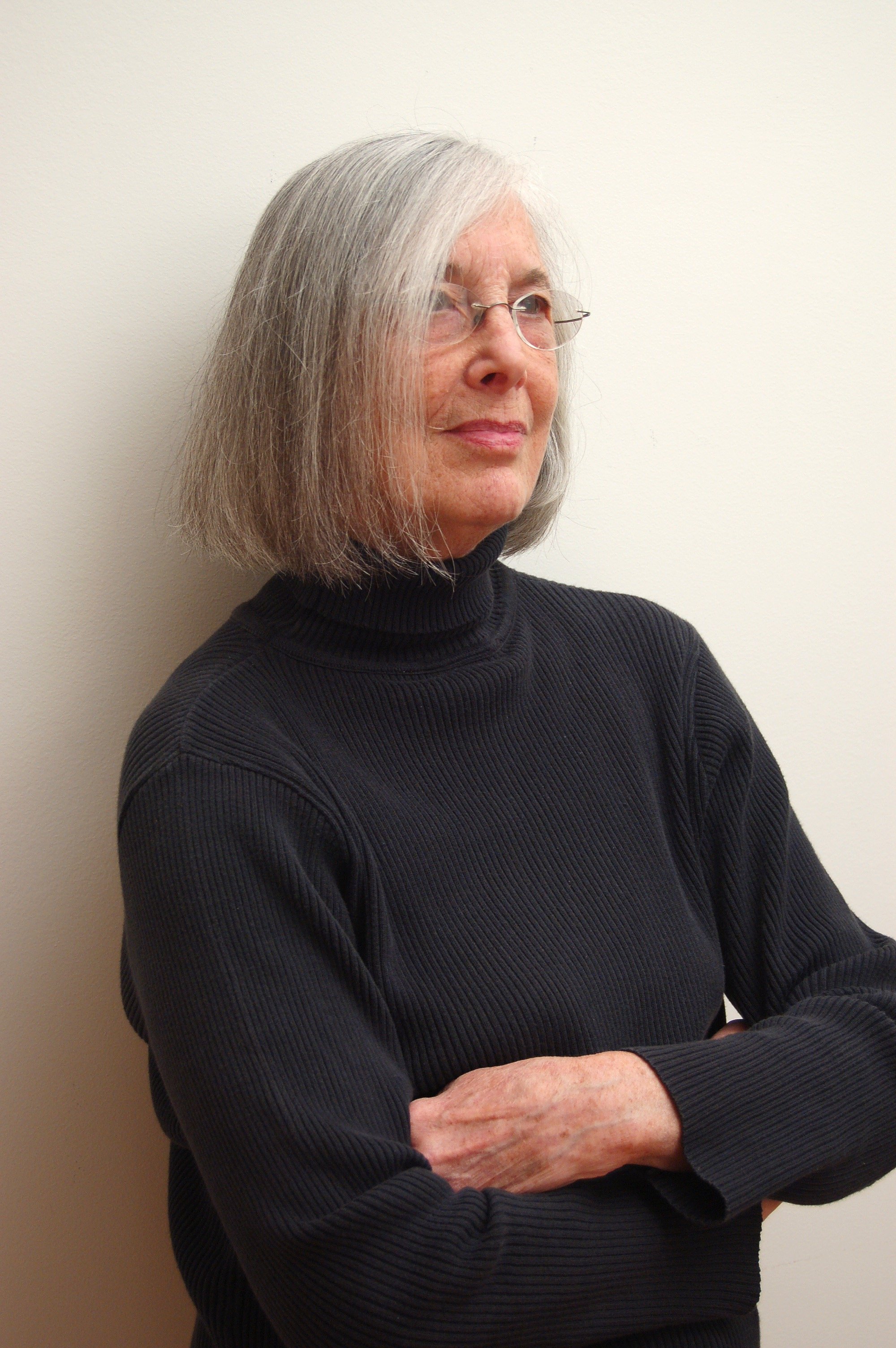5 Female Artists who only saw their Careers Catch Fire well into their Eighties
Last week, we explained why it was never too late for a big break in the art world. And as our list reveals, many late-to-fame artists are women in their 70s, 80s, and even 90s.
So we got to thinking about just what changed to open the flood gates to such long-awaited stardom. For some, like Carmen Herrera, it was a pure matter of tenacity in the face of critical disregard; for others, like Grandma Moses, painting only became an interest once other pursuits became physically impossible.
Read about them and six other great women artists who made it big in their 80s.
Carmen Herrera, b. 1915
The Backstory: Now 104 years old, the Cuban-born geometric artist Carmen Herrera attributes her lifelong interest in straight lines and clean forms to her years spent studying architecture as a university student. After moving to New York City with her husband in the mid-1950s, Herrera took classes at the Art Students League and the Brooklyn Museum. During a multi-year sojourn in Paris, she was introduced to the bold colors and shapes of Kazimir Malevich and Piet Mondrian, two inspirations behind her mature style. For decades, she had the unwavering support of her husband, Jesse Loewenthal, an English teacher, but was rejected by dealers such as Rose Fried, who ironically refused to include Herrera in a show because she was a woman.
Her Big Break and What Followed: Triumph did, however, come with a bang. Herrara sold her first painting in 2004, at the age of 89. Later that same year, several of her paintings were acquired by MoMA. Naturally, a bigwig gallery followed suit, with Lisson Gallery ultimately picking up the artist. Then, in 2017, she had a major retrospective, “Carmen Herrera: Lines of Sight,” at the Whitney Museum of American Art. Though she suffers from arthritis, Herrera is still at work today, and just this year, she debuted Estructuras Monumentales, her first-ever public sculptures, presented by Public Art Fund in Manhattan’s City Hall Park.
Etel Adnan, b. 1924
The Backstory: For most of her life, the Beirut-born Adnan was regarded foremost as a poet and essayist, having spent much of her time studying and teaching philosophy in France and California. But the mutli-talented artist, who had dabbled in painting as early as the 1950s, began to paint with more vigor during the Algerian War in the 1970s as a form of creative resistance to the colonial implications of writing and publishing in French. She continued to publish in English, however, and decades would pass before the art world recognized her small, pastel-toned landscapes, which depict her native Lebanon and her adopted home of northern California.
Her Big Break and What Followed: A critical fog seemingly dissolved in 2012, allowing the beauty of Adnan’s compact, vibrant canvases to suddenly shine through for all to see. That year, at Documenta 13, a much-praised room was devoted to her works, and exhibitions—including an invitation to the 2014 Whitney Biennial—quickly followed. More recently, in 2018, both MASS MoCA and SFMoMA presented solo exhibitions of her work.
Zilia Sánchez, b. 1926
The Backstory: The 93-year-old Cuban-born, Puerto Rican artist first began her career as a set designer for radical theater groups. Later, inspired by the silhouette of a sheet she saw blowing in the wind, she began creating sensual shaped canvases painted in delicate shades of pastels and whites. And she’s been at it for over half a century since.
Her Big Break and What Followed: Her work was rarely seen outside Puerto Rico until it was included in the exhibition “Radical Women: Latin American Art, 1960–85” at the Brooklyn Museum in 2018, the year after Hurricane Maria tore the roof off her San Juan studio. Earlier this year, her first solo museum show, “Soy Isla,” opened at the Phillips Collection in Washington, DC. It just recently traveled to El Museo Del Barrio in New York and will coincide with “Eros,” an exhibition of her recent work at Galerie Lelong. That show will include completely freestanding works and her first marble sculpture.
Sally Gabori, 1924–2015
The Backstory: Australian aboriginal artist Mirdidingkingathi Juwarnda Sally Gabori was born on Bentinck Island, Australia, and spent the first twenty-odd years of her life fully immersed in her indigenous culture, learning Kaiadilt cartography and cosmology. That changed in the late 1940s when Christian missionaries came into contact with the region and the entire aboriginal population was forcibly relocated to a reservation on Mornington Island. There, she mothered 11 children, and in keeping with tradition, raised several others. Though Gabori was skilled in traditional weaving and craft techniques, she didn’t begin painting until she was 80 years old, when she was introduced to the materials at a local arts center.
Her Big Break and What Followed: In 2005, Gabori, began painting vibrant and colorful abstract works that depicted personal and mythical experiences through her ancestral language and symbols. It didn’t take long for her exceptional talents to be recognized, first by dealer Simon Turner, of Brisbane’s Woolloongabba Art Gallery, and then by Beverly Knight of Melbourne’s Alcaston Gallery. Enthusiasm for her work quickly grew in Australia, and she was selected to represent the nation in the 2013 Venice Biennale. Today, her work is primarily held in Australian museum collections including those of the National Gallery of Australia, the Queensland Art Gallery, and the Art Gallery of New South Wales.
Diane Simpson, b. 1935
The Backstory: Simpson’s sculptures have often, rightly or wrongly, been described as embodying a Midwestern modernism. The description might be coastal snobbery, but the artist has certainly built her career as a Chicagoan first and foremost. Born Diane Klafter in Joliet, Illinois, in 1935, she went on to study at the School of the Art Institute of Chicago, where she earned both her BFA and MFA. Always something of an enigma, Simpson was tangentially involved with the Chicago Imagists during the 1960s, and yet has always stood decidedly apart. Over the years, she’s ascribed to a strict three-part process in which she first creates an isometric drawing of a chosen subject on graph paper, then translates that drawing into a set of instructions for composing an interlocking sculpture, and ultimately builds the final work. Her finished sculptures, which are often inspired by soft materials such as Samurai skirts and Elizabethan collars, are pleasurably utilitarian.
Her Big Break and What Followed: In the nearly half-century since she started exhibiting, Simpson has had a few standout moments, including “Samurai,” her memorable 1983 show at Phyllis Kind Gallery, but she’s only quite recently been garnering widespread attention. She was featured in the most recent Whitney Biennial and just last week was named a recipient of the $25,000 Anonymous Was a Woman Award for women artists over 40.





